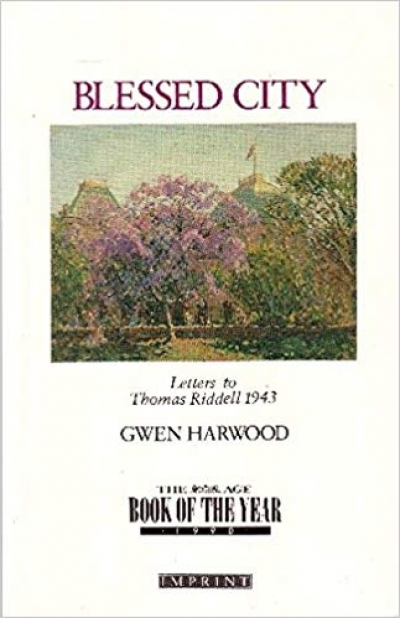Angus and Robertson
Terri-Ann White reviews 'Trouble in Lotus Land' by Charmian Clift, 'The Devious Being' by Betty Roland, and 'Eat My Words' by Marion Halligan
The task of reading these three books together provided more than I was anticipating. Their perspectives of decades of Australian society and writing practices cover the past, the personal and the politics. The writers come from three different generations (born 1903, 1923, 1940), and represent particular writing intentions or schools, certainly different genres. The connecting thread, probably the only one, is that each of the books is written form such a particularised stance. Each is written in the first person, and flirts to varying degrees with the confessional mode. The tensions between restraint and letting it all hang out, what gets said and what comes out in the not-saying, interested me.
... (read more)Dog Fox Field by Les Murray & Blocks and Tackles by Les Murray
Simon Patton reviews 'The Earthquake Lands' by Hal Colebatch, 'The Winter Baby' by Jennifer Maiden, and 'To the Ocean & Scheherazade' by Richard Allen
One of the challenges confronting the writer of poetry is the balancing of public and private modes in an engaging and satisfactory whole. In these three collections the precarious possibilities of balance, of confiding and confronting, are attempted in very different ways.
... (read more)






